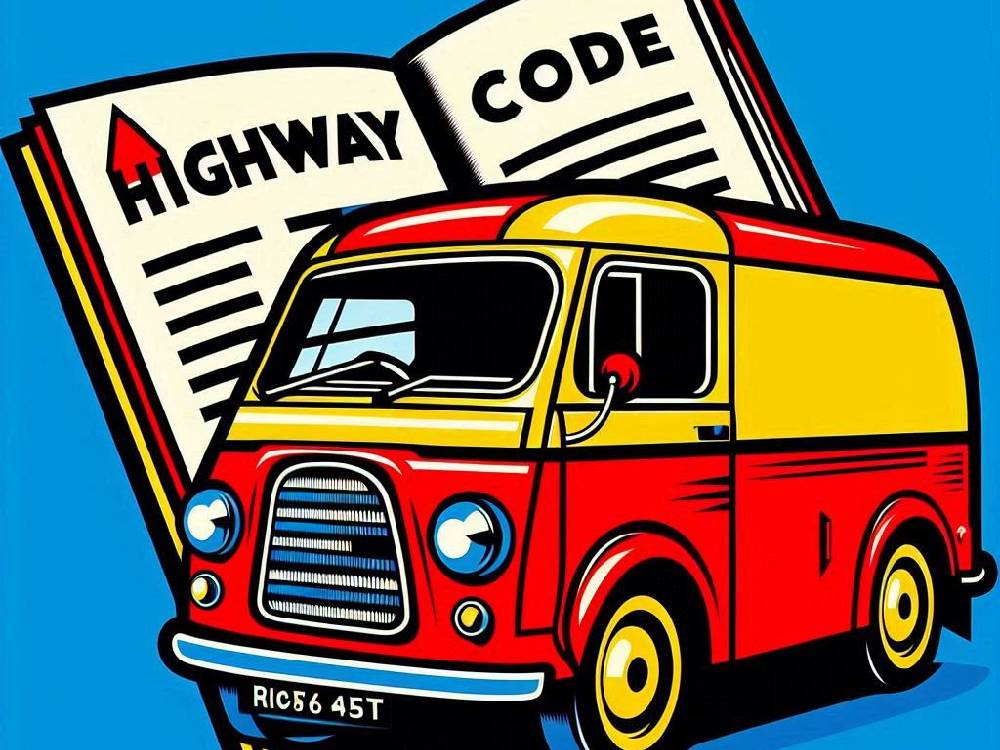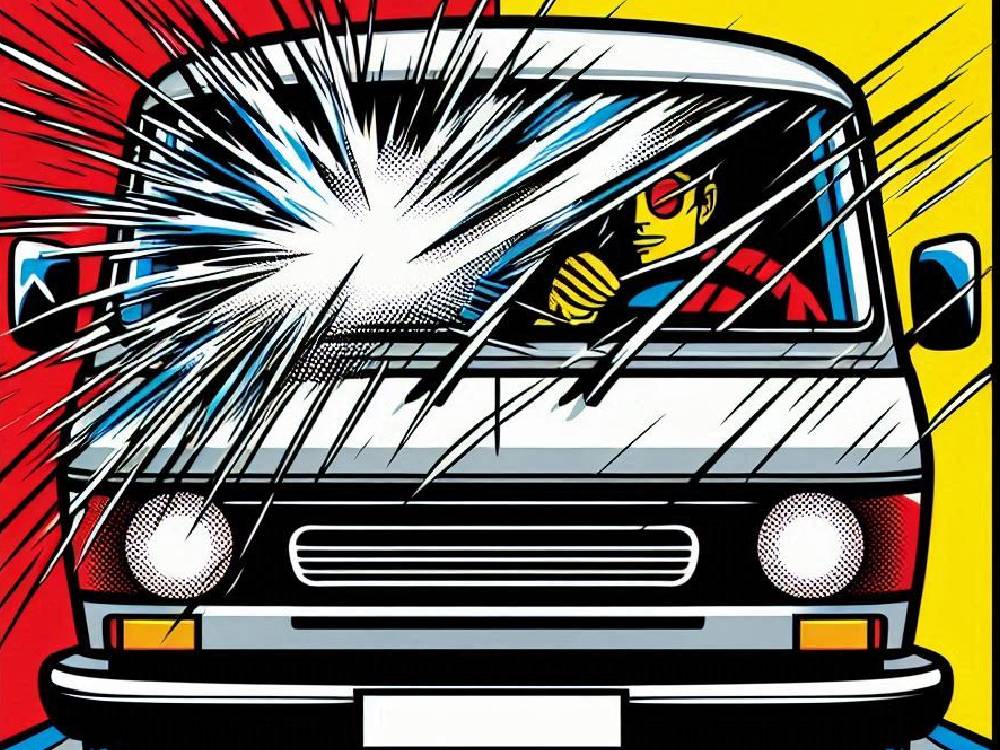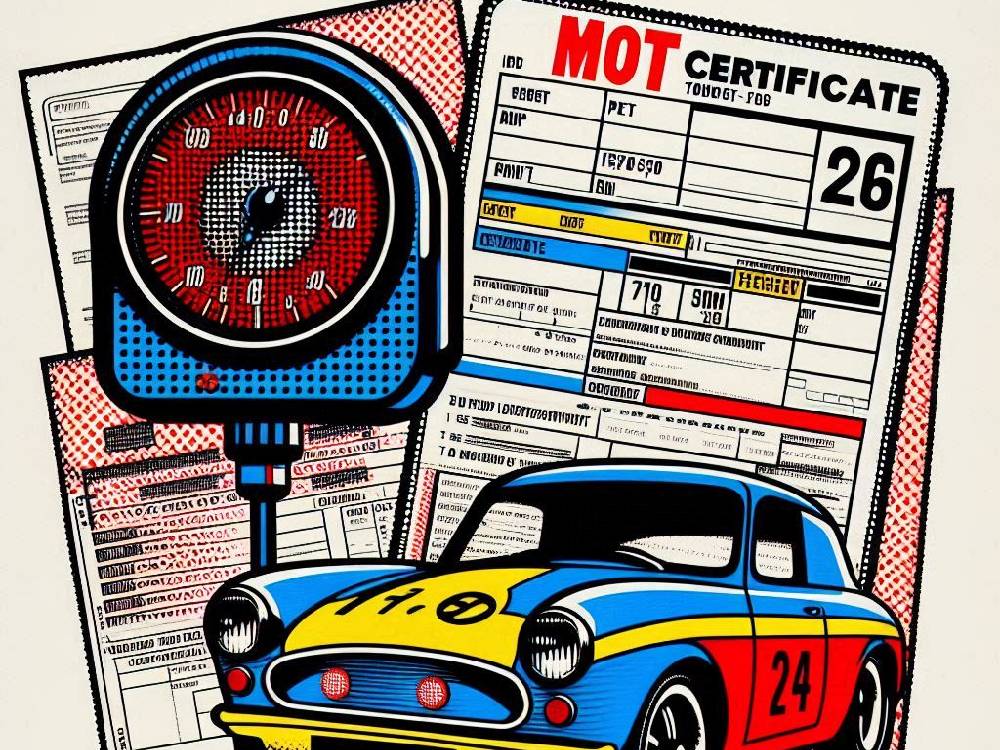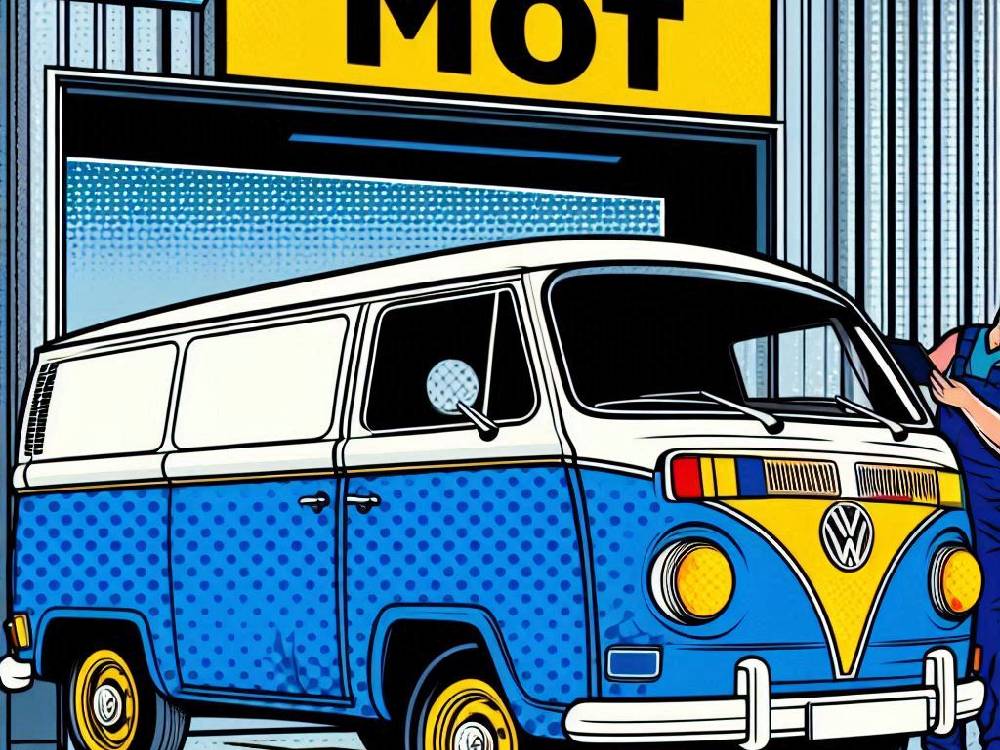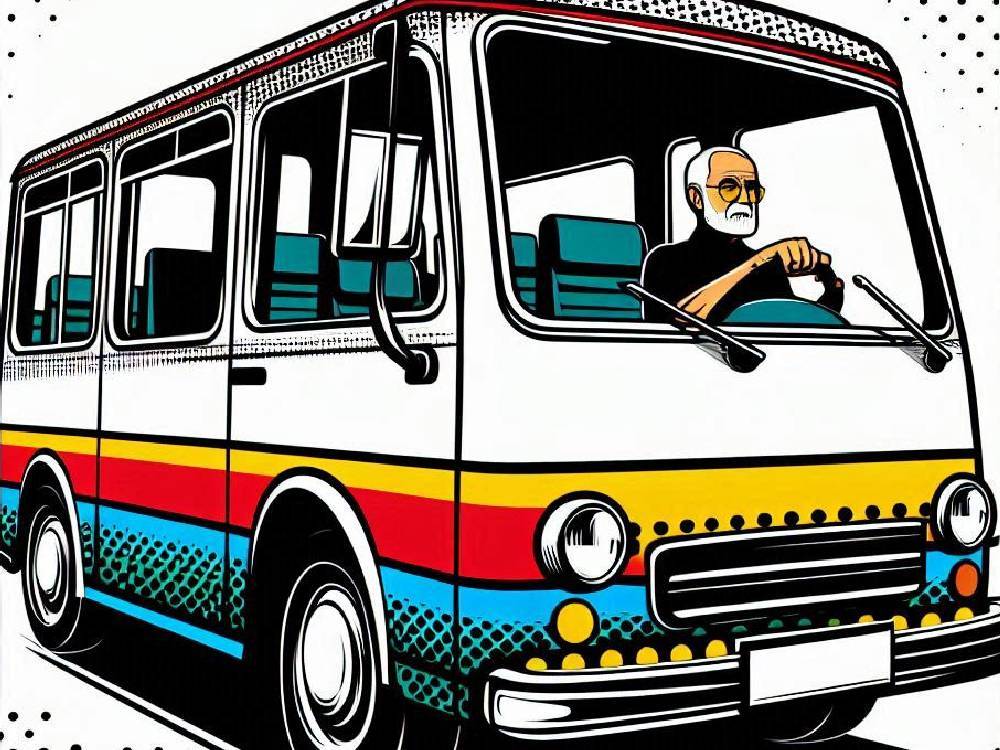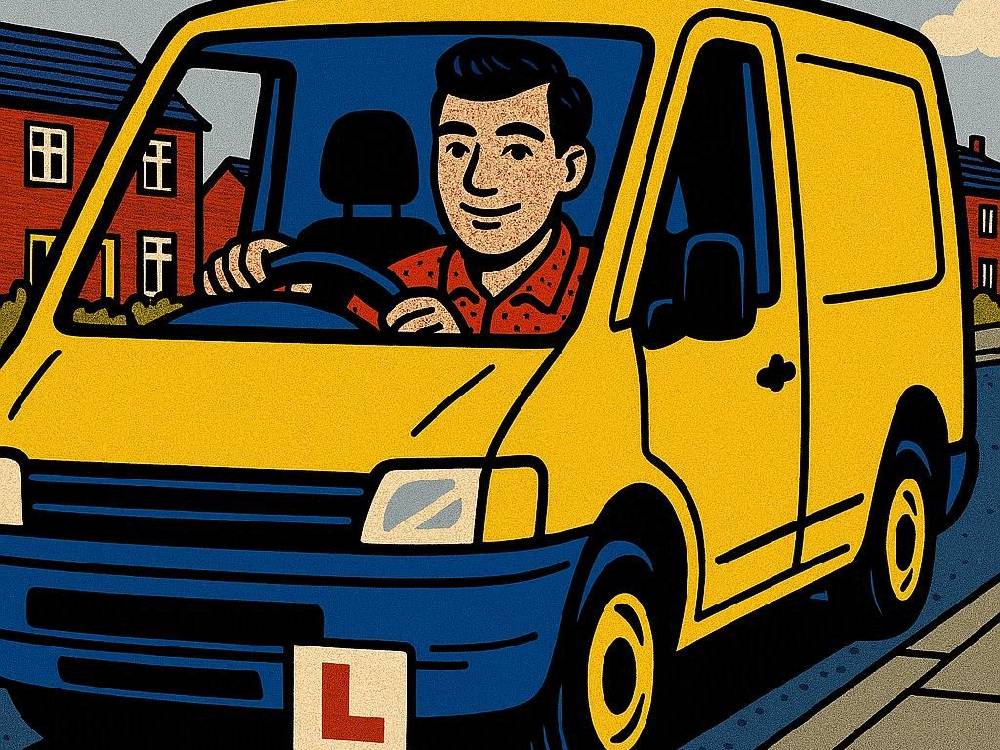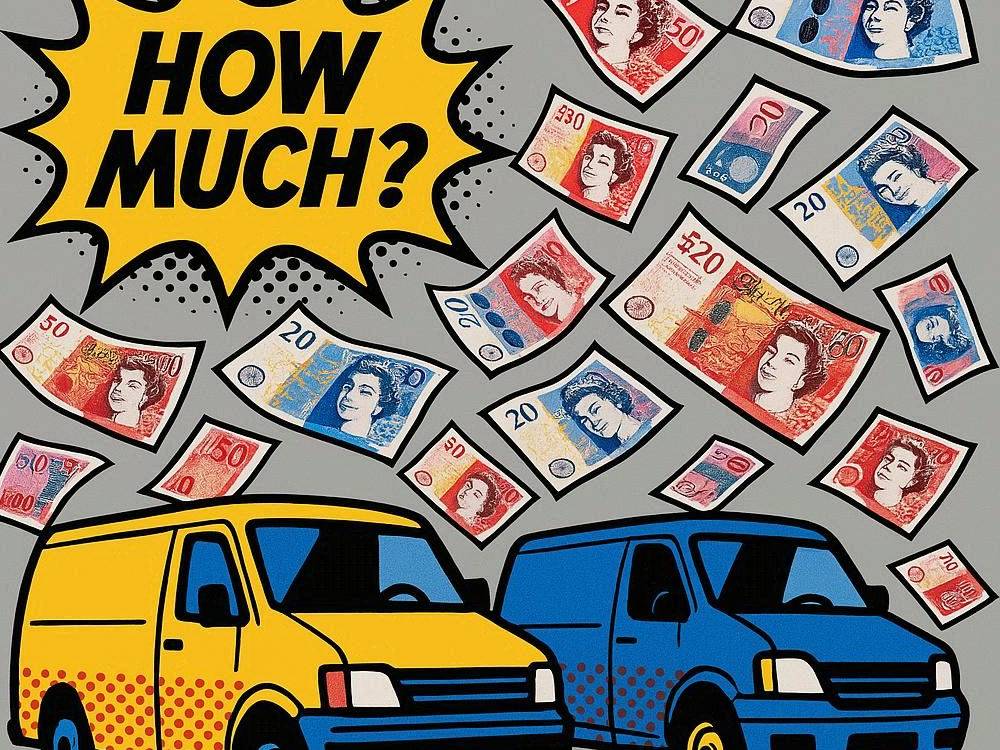Introduction
Van insurance…
Winter driving changes everything.
Because suddenly the rules tighten and the risks rise.
And your Van Insurance becomes far more fragile than most drivers realise.
And here’s the difficult truth.
Most van drivers unknowingly break winter Highway Code rules before they even start the engine.
The penalties can reach £2,500 and add six points.
They can even invalidate a Cheap Van Insurance UK policy.
So what should you focus on first?
Why Cold Weather Makes Van Insurance More Fragile
Everything becomes harder in winter.
Roads stay wet for longer.
Visibility drops without warning.
Tyres lose grip far faster than most drivers expect.
And yet the biggest risk isn’t always the road.
It’s the insurance consequence.
Because insurers expect you to take reasonable care.
And winter conditions raise that standard dramatically.
But how does this affect your Van Insurance?
Here’s where it gets serious.
If you crash after ignoring a winter rule — even by accident — insurers notice.
And they may see the incident as avoidable.
Therefore, your claim can be reduced, delayed or rejected entirely.
Want an example?
Rule 229: Dirty Number Plates — A £2,500 Oversight
Snow hides plates.
Mud hides plates.
Wet leaves hide plates.
And drivers rarely check them.
Yet your number plates must be completely visible and legible from 20 metres.
This rule matters even more in winter.
Because visibility isn’t just a cosmetic requirement.
It’s a legal one.
Failing to clear your plates can trigger a fine of up to £2,500.
Even worse, police may mark your van as “not identifiable,” which insurers take very seriously.
But there’s a bigger risk.
If your plate can’t be read after a collision, investigators notice.
They may decide you didn’t meet the legal standard of care.
And that can jeopardise even the Cheapest Van Insurance policy.
Want to avoid that?
Start every winter journey by wiping plates, lights, mirrors and windows.
Even a quick 20-second check can save your cover.
Rule 234: Stopping Distances Double In Wet Weather
Here’s where many drivers get caught out.
Stopping distances don’t increase slightly.
They double.
Sometimes more.
When roads are wet or icy, your tyres lose friction.
Your van takes longer to slow down, and sudden steering can cause a skid.
Although this sounds obvious, insurers view it differently.
Because if you hit another vehicle in winter and haven’t adjusted your speed, insurers notice.
They can argue you “failed to adapt to the conditions.”
Consequently, your Van Insurance claim may be partially — or fully — denied.
So what should you do?
Slow earlier.
Brake lighter.
Maintain far more space.
And remember: the Highway Code expects you to anticipate danger, not react to it.
Rule 236: Fog Light Misuse — A Hidden Van Insurance Risk
Fog lights feel simple.
They’re not.
In fact, they’re one of the most misunderstood winter features.
Because you must not use rear fog lights unless visibility is “seriously reduced.”
Yet many drivers turn them on the moment it gets dim.
This creates glare.
It blinds drivers behind you.
It hides your brake lights.
And therefore it becomes a hazard.
Although many drivers see fog lights as “extra safety”, the law sees misuse as careless driving.
But why does this matter for Cheap Van Insurance?
Because insurers expect you to keep other drivers safe.
If your fog lights cause a collision, liability may fall squarely on you.
Suddenly, that simple switch becomes a four-figure mistake.
Rule 123: The Idling Trap —
Why Pre-Heating Your Van Could Invalidate Your Van Insurance
Cold mornings tempt every driver.
You want to warm the van.
You want the windows clear.
And a comfortable start.
Yet idling your van unattended is illegal.
Moreover, it’s one of the fastest ways to void Very Cheap Van Insurance without realising.
Because thieves target idling vans in winter.
And insurers rarely cover “key-in ignition” theft.
Even worse?
You may also face penalties for unnecessary engine idling — a growing enforcement priority in many UK cities.
But here’s the crucial part.
If your van gets stolen while idling, your insurer may argue that you failed to protect the vehicle.
And they would be right.
A two-minute warm-up could cost you thousands.
To understand how driving behaviour affects your policy, see our guide on vehicle compliance.
Snow On Your Roof — The Winter Hazard Most Drivers Forget
Snow looks harmless.
But it’s not.
Because once you start moving, the snow on your roof shifts.
It can turn into a sheet of ice that slides down your windscreen.
And that changes everything.
The Highway Code classifies this as “driving in a dangerous condition.”
That means penalty points, fines, and the very real risk of invalidated Van Insurance if visibility is impaired.
But here’s the twist.
Even if the snow doesn’t fall onto your screen, it can blow backwards and hit vehicles behind you.
Suddenly you’re liable for creating a hazard.
Therefore, clearing the roof isn’t optional.
It’s essential.
Rule 228 — The Cold-Weather Essentials Every Van Driver Must Carry
Winter punishes the unprepared.
Because when conditions turn, you won’t always get a warning.
That’s why Rule 228 recommends emergency supplies — and insurers expect you to follow that guidance.
So what should you carry?
A de-icer.
An ice scraper.
A torch.
Warm clothing.
Boots.
Jump leads.
A first-aid kit.
These aren’t nice-to-haves.
They’re a lifeline.
Moreover, if you break down without essential equipment, insurers notice.
They may say you didn’t take reasonable precautions for the season.
But here’s the real danger.
A single missed item can turn a minor delay into a major incident.
And that’s exactly what winter tries to exploit.
Why Winter Compliance Protects Your Safety — And Your Van Insurance Wallet
Everything you do in winter counts twice.
Because safety decisions become insurance decisions.
And insurance decisions become financial consequences.
When you follow winter rules, insurers see responsibility and caution.
Those traits help keep premiums lower and protect your claims from dispute.
But here’s where it gets even more important.
Drivers who ignore winter guidance often face:
- Higher excess payments
- Claim rejections
- Premium increases
- Liability complications
Mistakes cost more in winter.
Yet preparation always costs less.
And although winter feels unpredictable, your actions remain the one thing you control.
Therefore, checking your van, clearing your view, and understanding Highway Code rules isn’t a chore.
It’s a protective strategy that reduces risk and keeps you eligible for the Cheapest Van Insurance possible.
For further winter protection strategies, learn how telematics saves van drivers money:
https://www.cheapvaninsurance.co.uk/2023/03/09/how-telematics-devices-can-save-you-money-on-van-insurance/
Conclusion
Winter punishes every mistake.
Because the rules tighten, the penalties rise, and the margin for error becomes razor-thin.
Especially when your Van Insurance depends on how carefully you handle your vehicle in cold weather.
Therefore, taking a few extra minutes before every journey isn’t just smart.
It’s financially essential.
Visibility checks, roof clearing, fog light discipline and stopping-distance awareness all matter in winter.
Because every one of these actions influences how insurers judge your decisions.
And those decisions shape whether your claim is protected, reduced, or denied.
Ultimately, cold-weather safety isn’t only about surviving winter roads.
It’s about protecting your cover, your licence, and your wallet.

